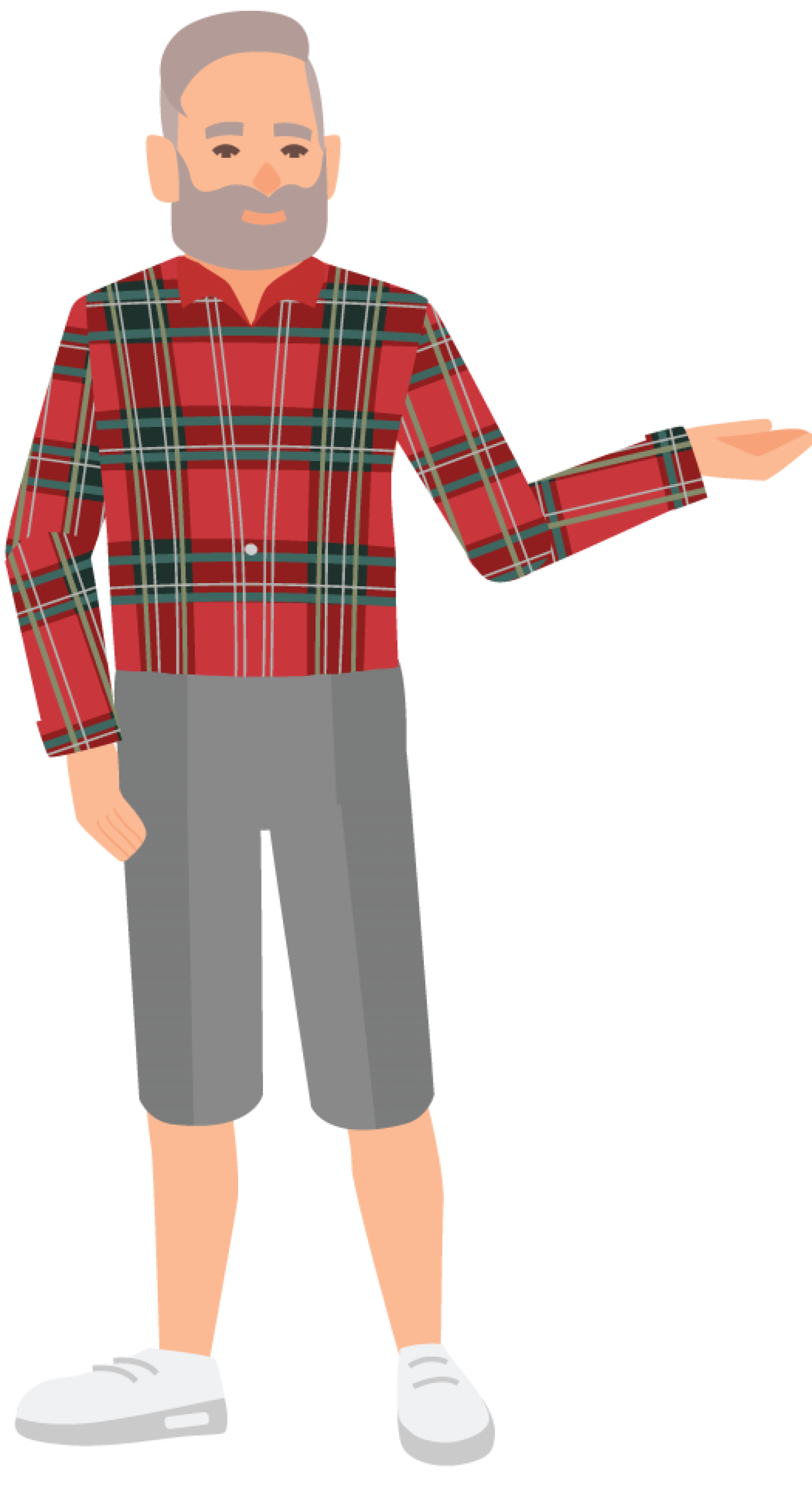Arthritis and Fall Risk
Arthritis can more than double your risk of falling
Arthritis is a common condition affecting people of all ages. There are different types of arthritis e.g. osteoarthritis, rheumatoid arthritis and gout. Osteoarthritis (degeneration of the joint which can involve cartilage, bone, ligaments and muscles) is the most common form of arthritis and is more common in older age.

Arthritis and physical activity
- Research has found regular exercise is one of the most effective treatments for arthritis.
- It is important to stay active and keep your joints mobile and your muscles strong.
- Exercise can help reduce pain and fatigue and improve joint mobility, strength and balance.
- Everyone with or without arthritis should do regular, appropriate exercise. Choose activities that best suit your condition, health and lifestyle.
Tips
- If you have arthritis or haven’t exercised for a while, you may need to start slowly with shorter sessions and build up gradually
- The best time to exercise is when you are least stiff and tired, when your pain is controlled or at its baseline level and if you take medicine for your arthritis, when these medications are having the most effect
- Listen to your body to ensure you don’t overdo it. Talk to your physiotherapist or exercise physiologist if you experience unusual pain after exercise

Key points to remember
- Arthritis can increase your risk of falling
- Osteoarthritis is the most common form of arthritis and is more common in older age
- Exercise can help manage the symptoms of arthritis
- Exercise and physical activity have many other health benefits
- Choose the right type of exercise for your condition and ability
What can I do right now?
- Maintain a healthy weight and eat a balanced diet
- Increase your physical activity because physical activity and exercise can help manage the symptoms of arthritis
- If you have arthritis or haven’t exercised for a while, you may need to start slowly with shorter sessions and build up gradually
- Choose activities that best suit your condition, health and lifestyle
- Listen to your body to ensure you don’t over do it
- Talk to your physiotherapist or exercise physiologist to help you get started or if you experience unusual pain with or after exercise
Tips
- Tai Chi for Arthritis is a program that was developed by tai chi and medical experts. Tai Chi (slow, gentle, low impact, rhythmical movements) can help reduce pain and stiffness associated with arthritis. Tai Chi has also been shown to reduce falls and improve balance and can reduce stress and improve psychological well-being. Contact your local arthritis office for more information.
- Water aerobics is another great way to exercise when you have joint pain. The water supports your body weight and reduces stress on your joints, while you push against the resistance of the water. While there is no evidence that water aerobics reduces fall risk, it might have other benefits for people with arthritis.
- For more information on arthritis visit: https://arthritisaustralia.com.au/
Conclusion
You have finished the article. If you would like to download a copy of this article as a PDF, click the button below.

